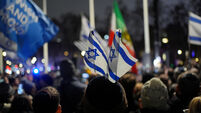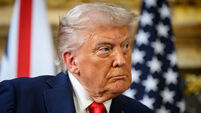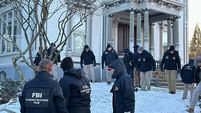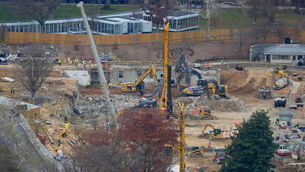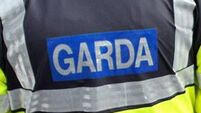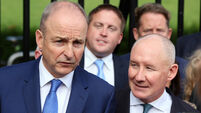Curfew imposed as Nepal braces for protests
Nepal’s government imposed a daytime curfew in Katmandu and surrounding areas today, a day after tens of thousands of demonstrators swept through the capital and clashed repeatedly with security forces.
Dozens of people were badly hurt in yesterday’s clashes as protesters, opposition leaders and Maoist insurgents rejected King Gyanendra’s offer to return to a multiparty democracy.
Opposition alliance leaders say the king’s offer fell short of a key opposition demand – the return of Parliament and election of a special assembly to write a constitution.
The government announcement said today’s curfew would be imposed for 11 hours in Katmandu and the suburbs of Lalitpur and Bhaktapur.
A curfew imposed Saturday was ignored, with crowds moving in enormous whistling, shouting waves through Katmandu’s streets.
Nepal’s crisis has escalated since a general strike called by the parties and the Maoists began on April 6. Protesters have filled the streets daily, leaving the country paralysed and the situation dangerously volatile. Security forces firing at protesters have killed at least 14 people and wounded many more.
It appeared unlikely the protesters will support any deal with Gyanendra, whose nation was once better known for its trekking routes, beautiful scenery and Mount Everest.
“We want to get rid of this king,” said Sudeep Pandey, a 30-year-old student standing at a roadblock of burning trees hacked down by the crowds on Saturday. “We want freedom, real democracy.”
The chaos has worried the international community, who fear the political crisis could spark renewed humanitarian troubles in Nepal, already one of the world’s poorest countries. Many also worry that a political vacuum could give the Maoist rebels – who have seized control of much of the countryside in a bloody, 10-year insurgency – a route to power.
In Thapathali neighbourhood yesterday, soldiers and police fired rubber bullets and live ammunition as protesters tried to head toward the palace, injuring at least four people, doctors said.
Soldiers in armoured vehicles and lines of riot police blocked key intersections leading to the palace, occasionally turning back crowds with tear gas and baton charges. An army helicopter hovered overhead.
One wave of protesters came within a few hundred yards of the compound before being forced back by tear gas.
Umesh Dhakal of the Nepalese Red Cross Society said 243 people had been injured in the clashes, with 39 requiring hospital treatment. Many were hurt in stampedes as they tried to flee the fighting.






